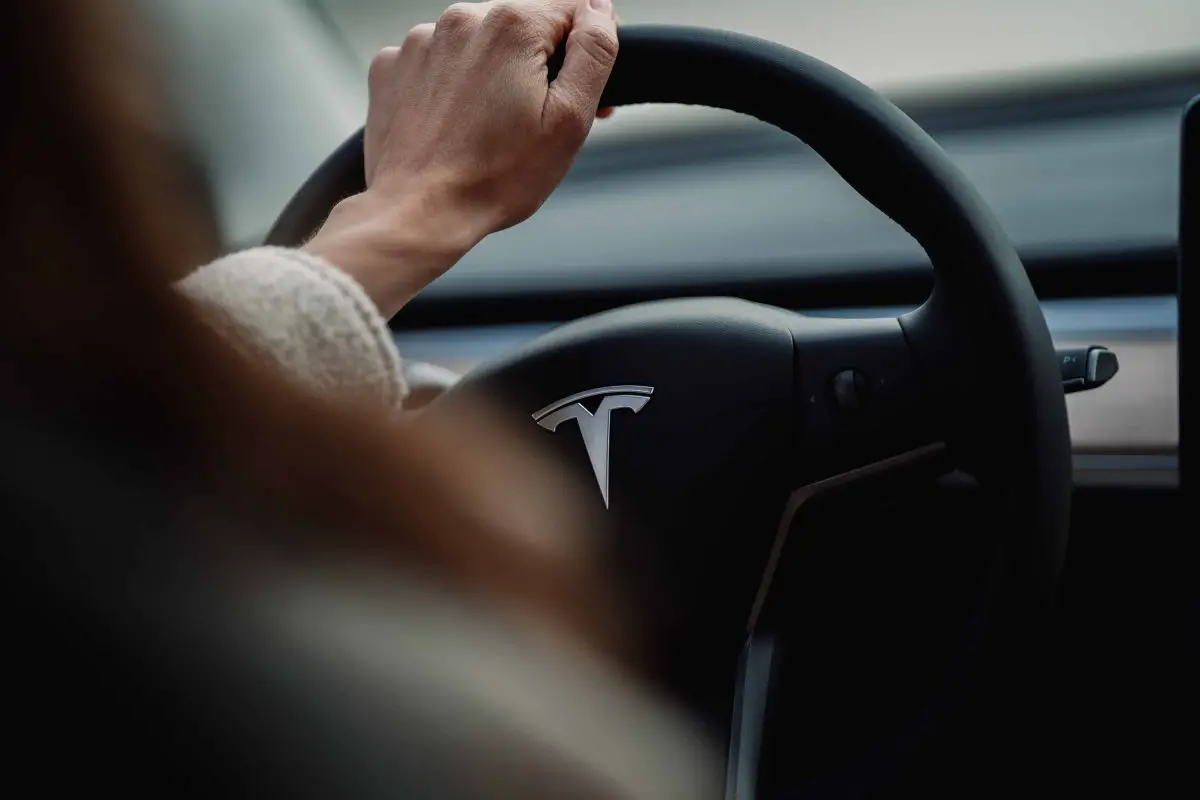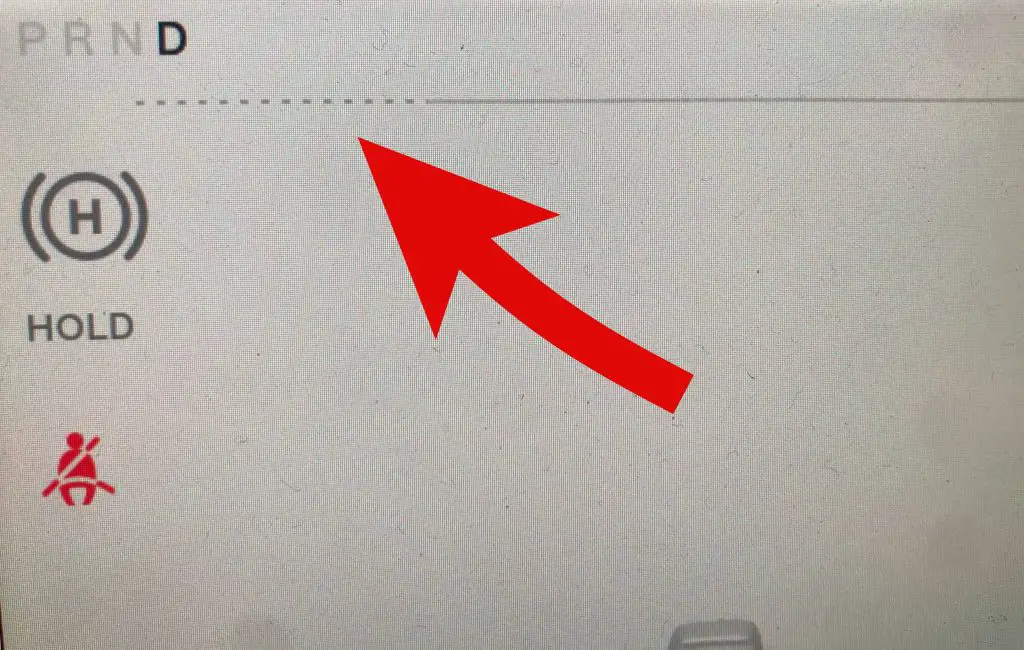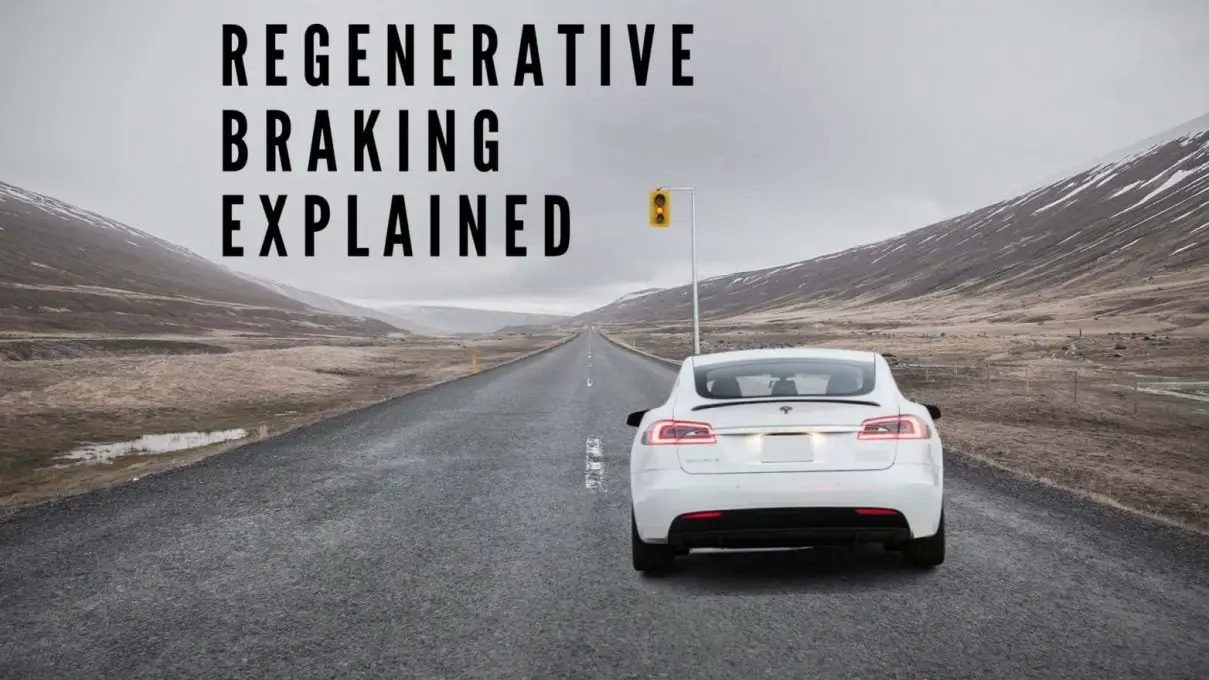Tesla’s Regenerative Braking Explained
One of Tesla’s most innovative features is regenerative braking. “One pedal” driving slows your EV to a full stop while re-directing energy to the battery. It also reduces wear on the brakes. Cold weather can reduce regenerative braking, so maximize its efficiency by pre-conditioning your Tesla.
What is Regenerative Braking?
Regenerative braking is an innovative and energy-efficient feature available in all electric vehicles (EV). By slowing down and stopping the car, regenerative braking allows your car to return some of the energy to the battery that was used to propel the car forward.
When the driver reduces pressure off the accelerator pedal, the car starts to decelerate. The Tesla EV detects the deceleration and changes the motors on the car from power-generating to to power-saving by using the momentum of the car and spinning of the wheels to collect energy and store it back in the battery.
What Does Regenerative Braking Feel Like?
Regenerative braking in your EV definitely feels different than braking in a regular car. As soon as you remove your foot from the accelerator pedal, you will feel a sudden decrease in the speed. It’s not like slamming on the brakes; instead, it feels like more of a purposeful deceleration.

The best comparison we could make would be this. Think about driving your traditional gas car towards a green light, when at the last possible moment the light turns yellow. You still have time to safely stop, so you apply the brake and, in a controlled manner you quickly come to a complete stop. This is what regenerative braking feels like when you remove your foot completely off the acceleration pedal while driving your EV.
How to Drive with Regenerative Braking?
In most situations, drivers can simply use the acceleration pedal to control driving, slowing and stopping, which is why regenerative braking is sometimes called “one-pedal” driving.
Although that’s fundamentally correct, there is a bit more to one-pedal driving, depending on the type of stopping mode you choose. Read this to see how you can hold, roll or creep your way to a full stop!
Although it does take a bit of time to get used to, all of our EV drivers tell us they wish every vehicle on the road had regenerative braking!
Here are our favorite tips for learning to drive with regenerative braking:
- Before taking a new EV off the lot and onto the road, spend a few minutes to practice taking your foot off the accelerator pedal to see for yourself the stopping power of regenerative braking. You will quickly get used to this efficient and relaxing feature.
- If you’re a new Tesla driver, allow yourself a few days to get used to regenerative braking. Notice how the stopping distances might be different when approaching stop signs in your neighbourhood. It may be helpful to avoid busy bumper-to-bumper highways until you’re completely comfortable with regenerative braking.
- Instead of switching your foot immediately from the accelerator pedal to the brake pedal, keep your foot on the accelerator pedal and slowly let up on the pressure to allow the regenerative braking to slow the car on its own.
- Instead of quickly taking your foot completely off the accelerator and simply gliding, learn to slowly ease up on the accelerator pedal and allow the regenerative braking to slow the car gently to a complete stop.

- If you are driving downhill, the regenerative braking may not be enough to slow the vehicle to a complete stop. Depending on the grade, your speed, and stopping mode setting, you may still need to apply slight braking.
- If you reduce the pressure on the accelerator pedal early enough, it is possible to drive without ever touching your brake pedal. Of course when sudden braking is required you will need to use the brake pedal.
- If you plan to switch back and forth from your EV to a conventional gas-powered vehicle, you might be tempted to expect the same regenerative braking from your traditional car! Don’t worry – you will quickly remember to use the brake (but will wish all vehicles had regenerative braking!).
- Be aware that outdoor temperatures can affect regenerative braking. In some cases, you may need to use your brake pedal more frequently, or precondition to maximize regenerative braking.
Why Is My Regenerative Braking Reduced?
Regenerative braking can be reduced for one of two reasons: temperatures or the amount of charge in your battery.

Cold Temperatures
When the batteries in your electric vehicle are too cold, they have difficulty recharging. In order to protect the batteries, Tesla reduces the amount of regenerative braking available to your vehicle. When outdoor temperatures are very cold, the driver may initially have to use the brake pedal more often.
As you drive the vehicle and the batteries start to warm, the regenerative power will start to increase.
There is no consensus regarding the specific temperatures that affect regenerative braking. Many factors are involved.
You can avoid reduced regenerative braking if you precondition your Tesla before driving. Find out how to precondition your Tesla here!
Fully Charged Battery
Regenerative braking can also be limited if your battery is full. If there is no more room to store energy in the batteries, your Tesla will turn off the regenerative braking and the driver will have to use the brake pedal. The vehicle will resume using regenerative braking as energy is used and there is room available in the batteries. We suggest never charging your vehicle to 100%.
How Do I Know If My Regenerative Braking is Reduced?
There are four ways to know if your regenerative braking is reduced:
1. Blue Snowflake

During cold weather conditions, a blue snowflake icon may appear on the screen when some of the energy stored in the battery is not available. In this case, regenerative braking and charging speeds may be limited. Once the battery is warmed, the snowflake will disappear.
2. Warning of Limited Deceleration

When your battery is cold or fully charged. you will see a warning on the touchscreen, “limited deceleration when accelerator is released”. This advises the driver to not rely on regenerative braking to slow your Tesla, and that the brake pedal will need to be used.
3. Tesla Energy Bar
The energy bar on your Tesla EV is located at the top left of the touch screen. This grey bar shows real-time energy usage. Look at the bar as if there are two halves, with the center of the line representing zero energy usage. When the bar slides to the right of center and turns black, energy is being used to accelerate your vehicle. When the bar slides to the left of center and turns green, regenerative braking is working and is directing energy back into the battery.

You can also tell that your regenerative braking is reduced by noticing what the energy line at the top-left of your screen looks like. The left side of this line refers to your regenerative braking. When regenerative braking is reduced you will see multiple dots. The more dots you see on the left side of the line, the less regenerative braking you have.

4. Indicator Light
Tesla has added a new indicator light that appears next to the the other indicator lights (headlight, high beams). This new symbol indicates that regenerative braking {is} temporarily reduced. Touch the symbol to show more information.
How Do You Maximize Regenerative Braking?
There are a few ways to maximize your regenerative braking and put the most energy back into your vehicle:
- Don’t speed. Driving at higher speeds not only uses more energy but driving above the speed limit may force you use the brake pedal more often
- Try to drive downhill wherever possible
- Allow enough space and time for the vehicle to stop itself without touching the brake pedal
- Precondition the vehicle before a trip to warm the batteries. This will ensure the maximum amount of energy can be recovered during regenerative braking.
FAQ
Do Tesla Brake Lights Come On During Regenerative Braking?
When your electric vehicle’s regenerative braking starts slowing down your car, the brake lights automatically come on to warn the driver behind you. As soon as you apply pressure on your accelerator again, the brake lights will turn off.
When traveling at higher speeds, if you release only a very small amount of pressure on the accelerator, your brake lights will not activate. They only come on when your Tesla reaches a certain rate of deceleration.
If you are towing a trailer with its own brake lights and it’s connected to the electrical outlet on the Tesla, your regenerative braking will also activate the brake lights on your trailer.
Does Regenerative Braking Use Brake Pads?
Regenerative braking does not use the vehicle’s brake pads. Instead, it uses the vehicle’s motors to help your Tesla decelerate. When you remove your foot from the accelerator pedal, the electric motor automatically shifts from propelling the vehicle to using the car’s own momentum to direct energy back into the battery.
Regenerative braking saves wear on your brakes so that brake repair and replacement costs are typically much lower than gas-powered vehicles.
Do All Teslas Have Regenerative Braking?
All Teslas that are currently produced use regenerative braking.
Do Teslas Have Brake Fluid?
Besides the regenerative braking system, Tesla still uses conventional brakes that are similar to those used on all gas- or electric-powered vehicles. When you press the brake pedal in your Tesla, you are using disc brakes to slow your car. These disc brakes require hydraulic brake fluid just like a conventional vehicle.
The Tesla manual recommends that Tesla EVs should have their brake fluid checked every 2 years. If you are using your Tesla to tow, the recommendation is to
Do Teslas Need Brake Changes?
The great news is that, due to the regenerative braking system, the need to repair or service the brakes in a Tesla is dramatically reduced.
In 2018, Elon Musk claimed that “Brake pads on a Tesla literally never need to be replaced for [the] lifetime of the car”. Although we highly doubt this claim, needless to say that if you’re not slamming on your brake pedal every time you drive, you should be able to get many more years out of your brake pads compared to a conventional internal combustion car.
Can You Turn Off Regenerative Braking in Your Tesla?
Although Tesla owners were never able to fully turn off regenerative braking, Tesla has given (and taken away) drivers’ ability to adjust the amount of regenerative braking in their vehicle. In 2020, Tesla set a standard level of regenerative braking for all EVs.
However, in 2023 Tesla added back options of ‘Low’ and ‘Standard’ regenerative braking. To adjust your level, select Controls>Pedals & Steering>Regenerative Braking. If you don’t have the option of setting regenerative braking, the best work-around solution is to adjust the stopping mode by selecting Creep or Roll Mode.
Thinking about a Tesla EV? The EVehiclePro team has got your back with loads of expert advice and honest reviews for new and seasoned Tesla drivers. Join the Tesla Connect community on social media and sign up for our newsletter with helpful tips and exclusive coupon codes for great savings!


